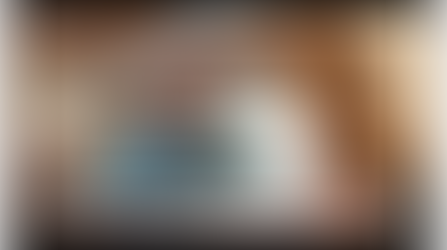Physical Model Progress 01
- Utas Design Team
- Sep 23, 2016
- 1 min read
Physical model making and the digital model fabricating are running simultaneously, one would reflect and amend on another, in a reciprocal relationship.
Physical model making has allowed us to test on the materiality of the selected materials we chose and to find out the maximum/best performance of it in certain ways. For instance, if we were going to choose a 4mm thick plywood, and cut it in a certain size of strips, and the strips were supposed to be bended in a certain shape too. Hence, we will have to try bending or twisting the plywood strips in order to find out the best performance for that particular quality.
All these testing results are really depending on how the physical models are being made where the digital model does not have the capacity to determine the actual performance of the material as well as the shape. Physical Model making tests are very critical as it affects the final decision on the choice of material selections and the shapes that we intended to achieve.

Sketches of The Mock-up Model

Digital Fabrication Team Discussing The Digital Model

Digital Fabrication Team Showing Mark The Digital Models

Design Team Members Making Scale Test Models

Design Team Members Assembling Prototype Model for Testing

Design Team Members Assembling Prototype Model for Testing

Design Team Members Assembling Prototype Model for Testing

Design Team Members Having Discussions With Structural Engineer







































Comments